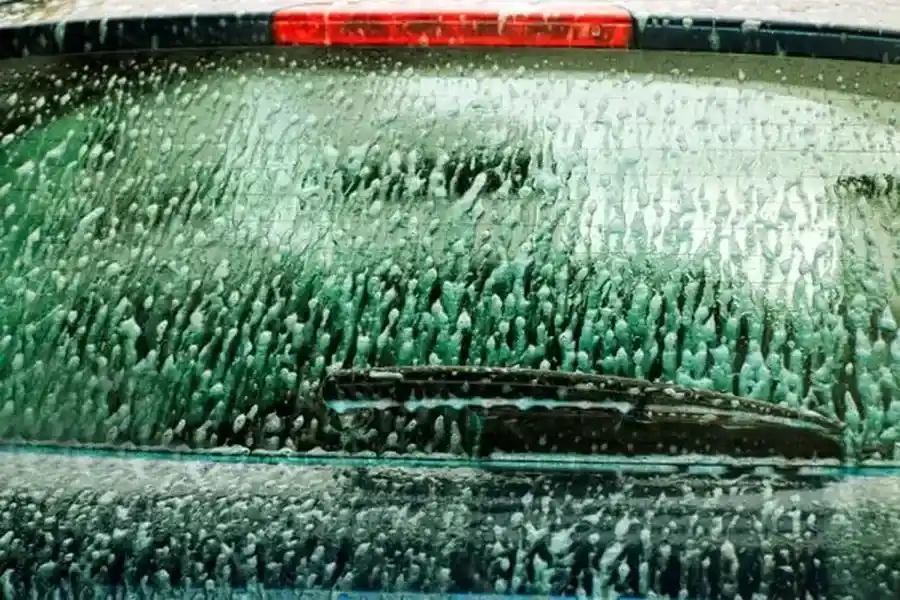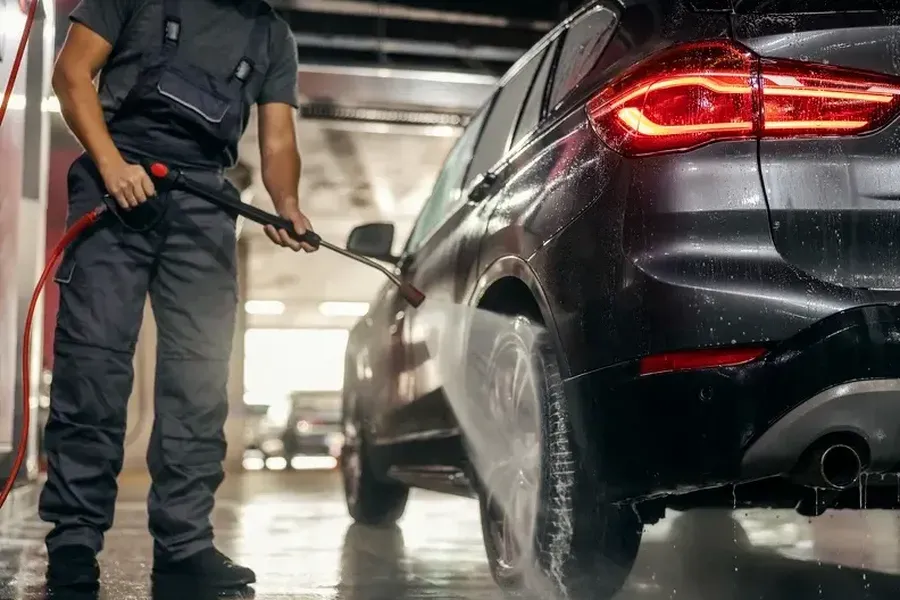Understanding Which Car Parts Can Handle High Pressure
Keeping your car clean is an important part of vehicle maintenance. One popular method for cleaning a car is pressure washing. However, not all parts of your car are suitable for this method. It’s essential to know which surfaces can safely withstand the force without being damaged. This guide will help you identify the common car surfaces that can be pressure washed, ensuring you keep your vehicle in top condition without causing any harm.

The Benefits of Pressure Washing
Pressure washing offers several advantages when it comes to keeping your car clean. Firstly, it’s fast and efficient, removing dirt and grime quickly compared to traditional methods. Secondly, it uses less water, making it more environmentally friendly. Finally, with the right technique and equipment, pressure washing can reach difficult areas that are hard to clean manually.
Surfaces Suitable for High-Pressure Cleaning
Certain car surfaces are more resilient and can handle the power of a pressure washer. These include:

- Tires: The rubber material is durable enough to withstand high pressure.
- Wheels: Both alloy and steel wheels can be cleaned effectively.
- Engine Bay: With caution, this area can be cleaned to remove grease and oil build-up.
- Underbody: Perfect for getting rid of road salt and debris.
It’s crucial to use the appropriate setting on your pressure washer to avoid damage, especially on parts like the engine bay.
The Risks of Using Pressure Washers Incorrectly
If used incorrectly, pressure washers can cause significant damage to certain parts of your car. For example, using high pressure on paintwork can chip or strip away paint layers. Additionally, the force could bend thin metal or crack glass if aimed directly at windows. Therefore, knowing what surfaces are safe is key to preventing accidental damage during the Car Washing process.
Avoiding Common Mistakes During Car Washing
When performing Car Washing using a pressure washer, it’s important to follow best practices to prevent damage. Always start with a lower pressure setting and gradually increase if necessary. Keep the nozzle at least two feet away from the car’s surface and maintain a consistent distance while moving around the vehicle. Remember to avoid aiming directly at sensitive areas such as mirrors, antennae, and sensors.
Best Practices for Effective Pressure Washing
To ensure the best results when using a pressure washer, consider these tips:
- Use a wide spray nozzle to disperse the force evenly.
- Test the pressure on an inconspicuous area first.
- Apply a suitable detergent designed for cars before rinsing.
- Rinse thoroughly after washing to remove soap residue.
Following these steps helps protect your car while achieving a deep clean.
Understanding Industry Standards and Requirements
Car care professionals often adhere to specific guidelines when using pressure washers. These include selecting the proper PSI (pounds per square inch) level based on the surface material and using detergents that won’t harm the environment or car finishes. Staying informed about industry standards ensures you’re using equipment safely and effectively.
Considering Costs and Value
The cost of professional pressure washing services can vary depending on location and service provider. However, investing in regular cleaning can extend the lifespan of your vehicle by protecting the exterior from rust and deterioration. Whether you choose to do it yourself or hire a professional, understanding the value of this maintenance task is essential in maintaining your car’s appearance and performance over time.
Final Tips for Maintaining Your Vehicle’s Finish
It’s vital to strike a balance between thorough cleaning and preserving your car’s finish. If you’re unsure about handling a pressure washer yourself, consider reaching out to C&J Cleaning and Pressure Washing for expert advice. Located in Watsonville, CA, I offer personalized services tailored to meet your needs. Call (831) 203-0265 today for comprehensive assistance with all your vehicle care concerns.